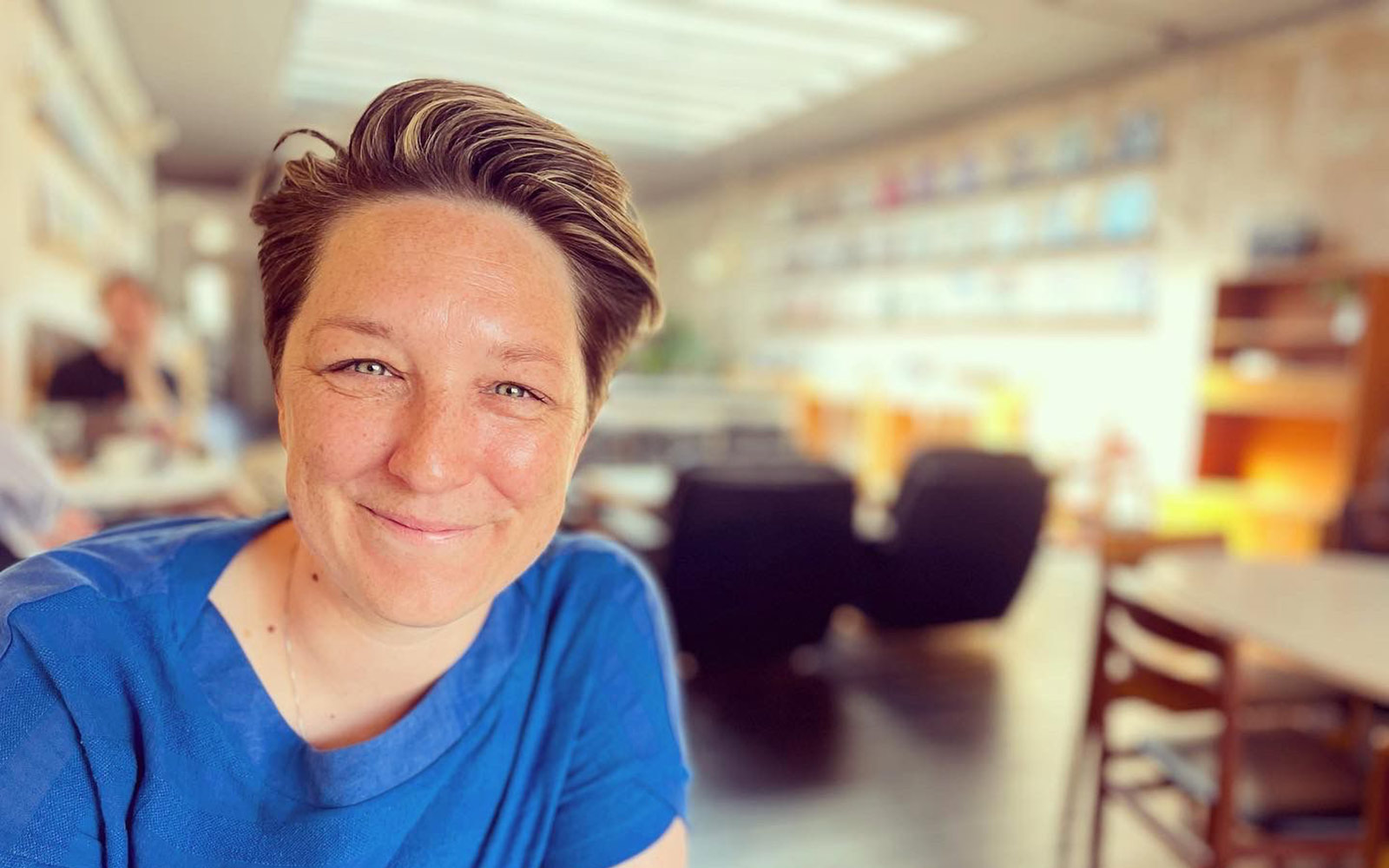Anna Lawlor is a British financial journalist and broadcaster. Her first radio documentary – Typical! for BBC Radio 4 – has won multiple awards, including a 2023 RSS Statistical Excellence Award
In a nutshell, how did you choose the subject of your story for BBC Radio 4?
It started as an idea about British identity in the wake of Brexit. I liked the idea of combining that with the vast quantity of public and private data available to build a picture of who or what the data indicated was ‘typical’ in Britain. I thought it would be interesting to see if this ‘typical’ would match how we tend to think about parts of ‘Britishness’. As I collected data to develop this idea, I saw how over-utilised the mean average was in a lot of datasets and that shaped the radio documentary in terms of uncovering surprising stories of what’s ‘typical’ that’s ‘hiding’ in common datasets.
What’s the main finding of it?
The narrative around commonly reported statistics influences our perceptions of ‘typical’, which contributes to stereotypes – both how we see ourselves and others. As social beings, humans tend to look for evidence of how we compare to others and tend to seek social acceptance and approval. This means overreliance on the mean average skews our perceptions towards extremes; from national house prices to household income, for example, we tend to think we’re richer than the vast majority of Britons really are.
Start with simple questions that someone in the pub would easily grasp, and look for data to answer them
Why has mode been overlooked as a measurement in conversations about the ‘average’ whatever? And why does it matter?
If our perceptions are skewed – of, say, how well off we are and how well off we think we ought to be based on comparison to a mean ‘average’, then those perceptions and assumptions influence all sorts of areas of our lives, from voting to luxury purchases. Why is mode overlooked? In many cases it’s an accurate measurement but gives an incomplete story. From interviews – that made the broadcast edit and those that didn’t – there’s an assumption that the public, already struggling with numeracy and statistical concepts, would not be able to contend with a wider array of statistics being shared, such as mode alongside mean. I’m sympathetic to this, but I feel that the narrative, visuals, format and framing of statistical information can usually be improved so as to be easily understood and comprehended by a general audience. Think back to the Covid press conferences – the charts (rather than data visualisations) and the way information was imparted was pretty woeful, in my opinion. It’s also important to note that even our use of mode to shorthand the concept of the ‘typical’ is also queried in the documentary when we meet a professor of demography. Any dataset and measurement selected has an inherent bias… so it’s always useful to probe the benefits and limitations of any dataset and narrative you choose to communicate.
What’s your best bit of advice for a statistician or data scientist who wants to communicate their work more effectively to a mainstream audience?
Start with simple questions that someone in the pub would easily grasp, and look for data to answer them. Datasets that are collected annually want to (rightly) ensure ‘clean data’ that accurately maintains the dataset’s rigour. In so doing, however, statisticians continue to answer the same, original question the data set out to answer. Instead, I argue, data can be collected in such a way as to maintain the ‘purity’ of the dataset, yet use different forms of interpretation to draw out the most relevant information that gives fresh meaning to the data and relevance for today.
I also think mixing datasets can tell a rich story, so long as you’re careful in explaining any potential limitations in doing so too. Once you have the narrative, ensure you work with designers to make the data visually impactful and relevant (see David McCandless’ books) or practise and explore ways to frame statistics so they build easy images in the reader’s mind (see the book Making Numbers Count). I’m just disappointed we didn’t end up using sonification to make audio representations of key charts for the Typical! documentary! Maybe next time…
________________________________________________________________________________________________
You might also like: Visualising the pandemic: interviews with data journalists covering Covid-19




